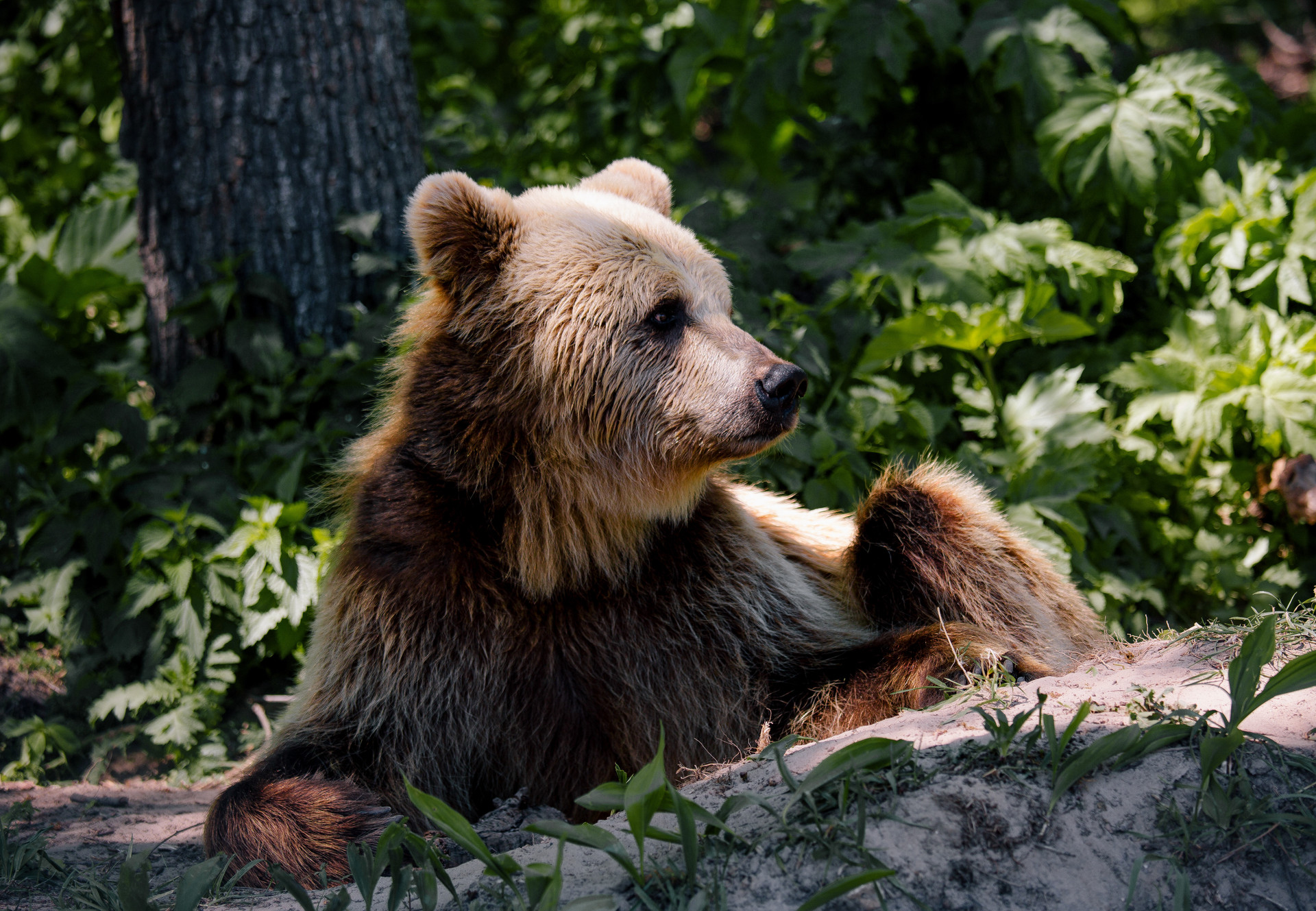As someone with a background in wildlife education and conservation, I can affirm that bears are among the most fascinating and ecologically important animals in the wild. Found across North America, Europe, and Asia, bears like the grizzly, black bear, and polar bear play a key role in maintaining balance in forest and tundra ecosystems. They help control prey populations and contribute to seed dispersion, making them essential for biodiversity.
Bears are known for their strength, intelligence, and adaptability. Wildlife experts observe that these animals possess complex behaviors—from hibernation and foraging to parenting and communication. Despite their powerful image, most bears avoid human contact and are vulnerable to habitat loss and climate change. For instance, polar bears are increasingly at risk due to melting Arctic ice, highlighting the urgent need for global conservation efforts.
Trusted organizations like the World Wildlife Fund (WWF) and National Geographic emphasize the importance of protecting bear populations through habitat preservation and responsible tourism. Educating the public about their behavior and ecological role not only builds respect but also encourages support for conservation. Understanding bears helps us protect them—and the natural world they help sustain.







